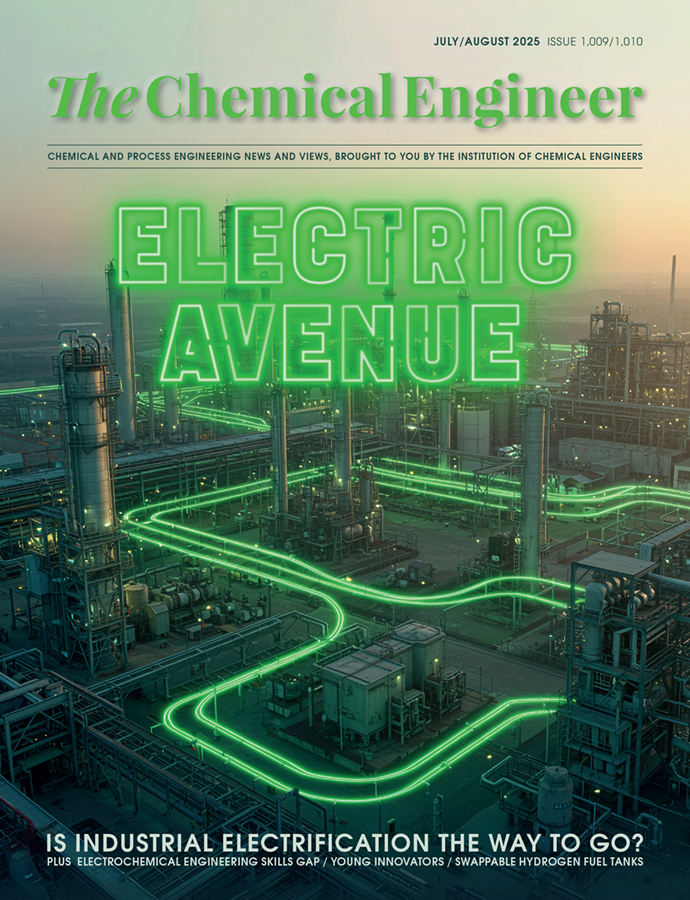ArcelorMittal adopts green hydrogen combustion at Spanish rolling mill after dropping German DRI plan

STEELMAKING giant ArcelorMittal has installed a green hydrogen combustion system to fuel the rolling mill at its Olaberria plant in Spain.
Rolling mills require high temperatures to heat steel blooms, billets or slabs before shaping them into flat products. The previous natural-gas-fired reheating furnaces at Olaberria have been replaced with units that combust 100% green hydrogen oxyfuel. The system was designed, manufactured and installed by Spanish company Sarralle in collaboration with Nippon Gases.
Hydrogen is widely promoted as a route to low-carbon steelmaking, although its most significant benefit would be as a reductant for direct reduced iron (DRI) to make green virgin iron. ArcelorMittal’s fuel switch at Olaberria comes months after the company rejected €1.3bn (US$1.5bn) in public subsidies to convert two German blast furnace sites to hydrogen-based DRI, citing the country’s high energy costs.
At the same time, the CEO of the company’s Belgian operation told the Financial Times that hydrogen would take “many more years to become commercially viable in Europe”. TCE asked ArcelorMittal why it felt able to use green hydrogen to fuel the rolling mill in Olaberria but not for DRI in Germany; the company did not respond.
A 2007 International Energy Agency report found that hot rolling is the third most energy-intensive process at an integrated steelworks, consuming up to 2.4 GJ/t. By comparison, blast furnace ironmaking consumes up to 14 GJ/t, while the entire steelmaking process now exceeds 21 GJ/t, according to World Steel Association figures. Excluding the ironmaking process, Sarralle says that reheating furnaces account for up to 80% of a steel plant's fuel consumption.
Mark Allan, group leader for green metals research at the UK-based Materials Processing Institute, told TCE that hydrogen combustion for steel rolling is a “legitimate decarbonisation option and an appropriate use of the gas”. He added that electrical heating “can’t quite meet all the requirements for rapid and even heat transfer” at the temperatures involved.
ArcelorMittal, headquartered in Luxembourg, is the world’s second-largest steelmaker with steel production operations in 15 countries. Olaberria is a comparatively small site that does not produce virgin iron. Instead, it melts scrap in an electric arc furnace before casting and rolling it into beams, columns, piles and channels for construction. The plant’s production capacity is 0.95m t/y.
Itsaso Auzmendi-Murua, head of Sarralle’s hydrogen business line, said: “This project is a key step toward the future of the steel industry. It proves that green hydrogen combustion technology is already a reality and that decarbonising industrial processes is possible.”
Recent Editions
Catch up on the latest news, views and jobs from The Chemical Engineer. Below are the four latest issues. View a wider selection of the archive from within the Magazine section of this site.




